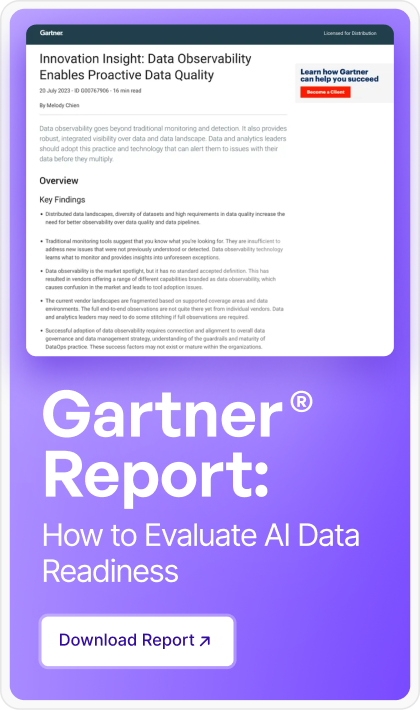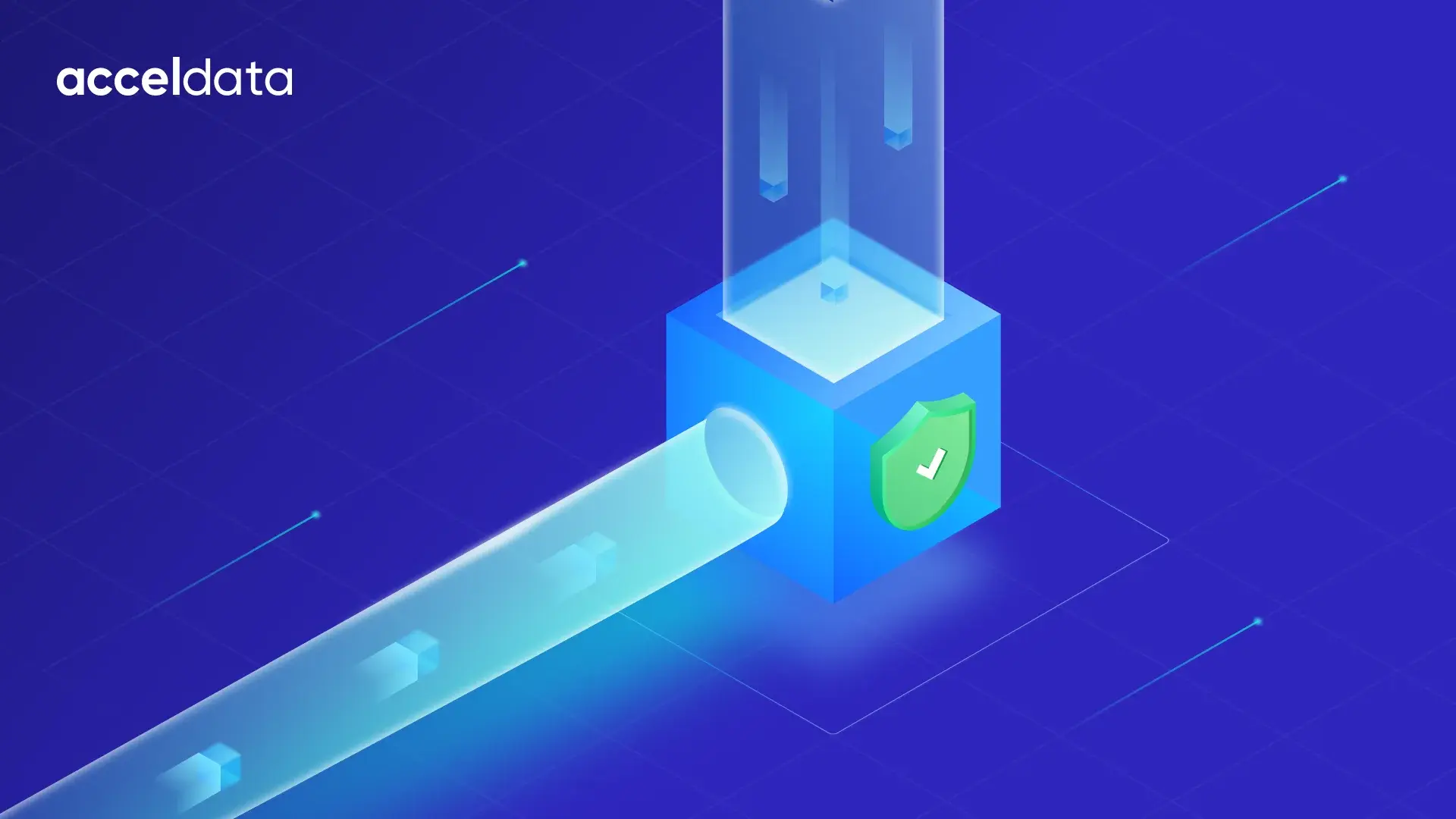Companies today must process vast amounts of data in real time, analyze it for insights, and use it to make informed decisions. Databricks has emerged as a leading solution by offering an integrated platform that does all the above and more. Databricks provides a platform that integrates data engineering and machine learning, ensures scalability, and offers advanced observability features for monitoring performance and data pipelines. Acceldata's integration with Databricks enhances user experience by providing a highly intuitive and streamlined platform for seamless data management and analysis.
An important distinguishing feature of Databricks is that it facilitates seamless data movement across various sources and formats, making it a versatile solution for organizations handling complex data ecosystems. Furthermore, its real-time collaboration tools and resource management capabilities make it ideal for organizations looking to optimize performance and boost productivity.
In this article, we will explore key features of Databricks and use a real-world case study from Grammarly to highlight its impact.
Key Features of Databricks
Data engineering and Machine Learning
At the heart of Databricks is its strong support for both data engineering and machine learning. Data engineers can easily build robust data pipelines and models that help derive business outcomes. The platform leverages Apache Spark for distributed data processing, which is suitable for handling massive datasets.
With these capabilities, Databricks ensures organizations can:
- Process large datasets with ease
- Build machine learning models faster
- Collaborate seamlessly between data engineers and data scientists
Seamless interoperability
One of Databricks' standout features is its compatibility with various data sources and formats, making it interoperable. Whether it's structured, semi-structured, or unstructured data, Databricks can handle it all. This flexibility allows businesses to integrate data from different platforms such as data lakes, data warehouses and third-party services, facilitating smooth data movement and processing.
Scalability and reliability
As the platform grows, it ensures consistent performance without compromising speed or accuracy. This scalability is particularly valuable for organizations like Grammarly, which outgrew its in-house data lake due to scalability limits and adopted Databricks to meet its expanding needs.
Observability with Databricks
Many companies are investing heavily in observability, which is a must in highly regulated industries. In data-centric operations, having full visibility into your data workflows is crucial. Databricks provides end-to-end visibility into data pipelines, enabling organizations to monitor data movement, detect bottlenecks, and ensure that their data remains compliant with performance benchmarks. It also has thresholding and alerts, ensuring the problems can be addressed in real time before they escalate.
Databricks supports the Lakehouse architecture, which merges the benefits of data lakes as well as data warehouses. Using Delta Lake technology, Databricks can store vast amounts of structured, semi-structured, and unstructured data while offering fast query performance and scalability. Lakehouse monitoring tools help:
- Track data movement and transformations
- Monitor pipeline performance
- Automate root-cause analysis when issues arise
While Databricks excels in fostering real-time collaboration across teams through features like real-time data streaming and up-to-date analytics, collaboration also leads to conflicts, especially when multiple teams work on the same project. Databricks solves this by offering version control and history tracking of notebooks. This ensures teams can track changes, revert to previous versions, and work together without overwriting each other's work. This helps to reduce risks associated with code conflicts.
Optimizing Resource Utilization
Databricks includes a native compute metrics tool that allows organizations to monitor resource utilization in near real-time. This includes tracking metrics like memory usage, CPU consumption, and task distribution across clusters. Databricks ensures optimal resource allocation by employing round-robin task assignments, preventing bottlenecks, and improving overall efficiency. A few benefits include:
- Real-time monitoring of resource usage
- Alerts when resource thresholds are exceeded
- Proactive adjustments to ensure optimal performance
Wrap-Up: Integrating Databricks and Acceldata
Databricks is more than just a platform for data engineering and machine learning. It's a complete solution for managing data workflows, ensuring observability, and promoting collaboration. Its ability to handle massive datasets ensures seamless interoperability and provides real-time insights, making it invaluable for businesses looking to scale and optimize their operations. By integrating Databricks, organizations can optimize data workflows and gain actionable insights in real time, ensuring they remain competitive. Schedule a demo today to see how Acceldata can help maximize your ROI on Databricks spend.
Summary
Databricks offers an integrated platform for data engineering and machine learning, enabling companies to process large datasets, build machine learning models, and collaborate in real time. Its key features include seamless interoperability with various data sources, scalability, and advanced observability, which provides end-to-end visibility into data pipelines, allowing for real-time monitoring and issue detection. Databricks supports Lakehouse architecture, enabling efficient data storage and fast query performance, while tools like version control and resource utilization tracking enhance productivity and collaboration. Integrating Databricks with Acceldata further streamlines data workflows, maximizing business efficiency.














.webp)
.webp)


